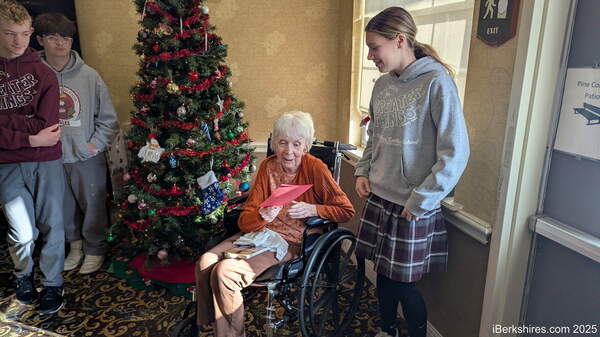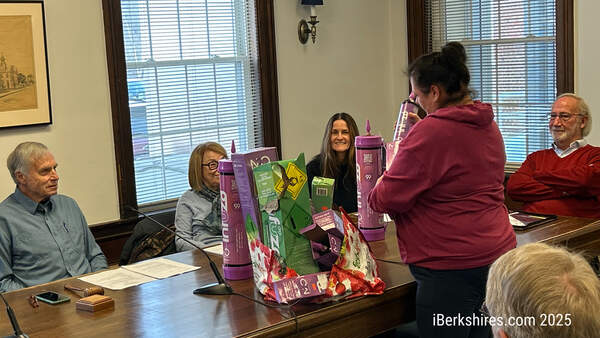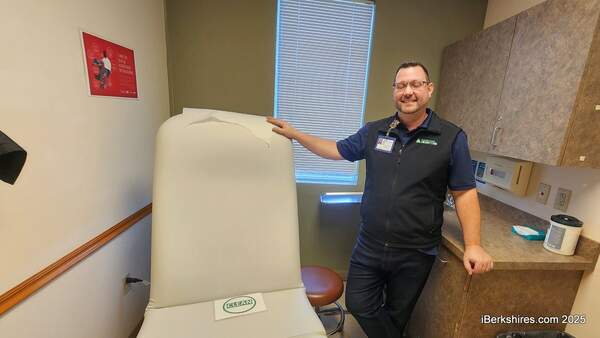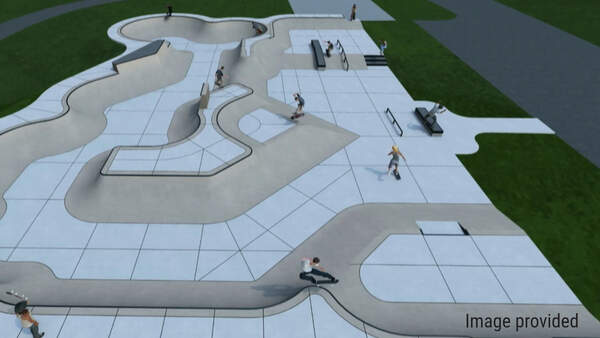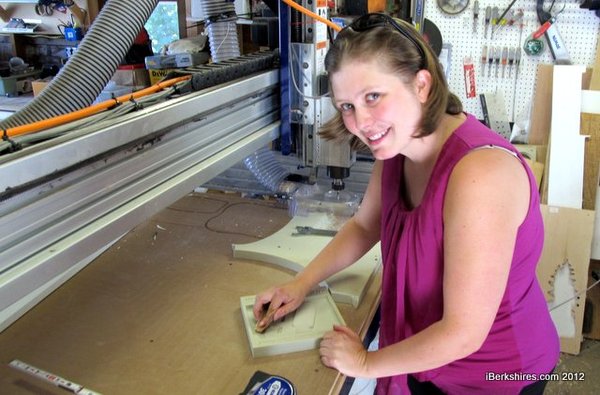
Williamstown Woman Carving Out Sign Business
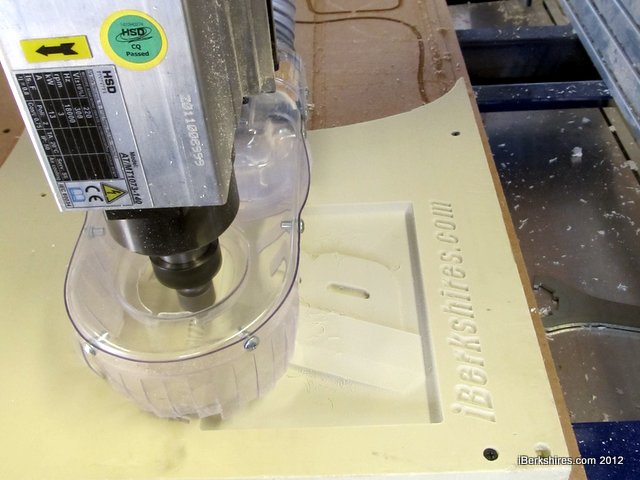 The Neathawks bought and installed an 4-foot by 8-foot CNC carving machine in their garage to start the business. |
And losing her job in 2010 carved the way for her to start her own business.
Combining her experience designing toys and advertisements with a garage full of power tools, Neathawk started Neathawk Signs and Design. She specializes in building 3D signage for businesses and homes.
"I do everything from design concept to ready to install and my husband [Ryan] usually does the installation," Neathawk said on Thursday. "I went into this niche because I didn't see much of this being done around here."
Anyone who has been to Dr. Gene Messenger has seen her work outside his dental office on Curran Highway. The smiling tooth with brush (and even a derriere), is what came out of hours of design, painting and carving work. In what she considered her "most fun" piece, she redrew the face on one of Messenger's carpets and created a full-figured tooth.
While she is starting her own business, the work is not what she ever imagined doing. It took unemployment and restlessness before she found what she now considers her new career.
"I literally just fell into doing this," Neathawk said before demonstrating the sign-building process. "I'm not one to sit around."
Neathawk was laid off from her job as a graphic designer for Inland Management in 2010 and her husband, a licensed contractor, posed the idea of using those skills to design signs for children's rooms. In July 2010, she began designing with software and then carved designs with a small machine the couple owned.
Her new hobby and side work was talked about among friends, one of whom bumped into the owners of Williamstown Wellness at a hardware store. The company was looking for a sign and the recommendation gave birth to her first commercial contract.
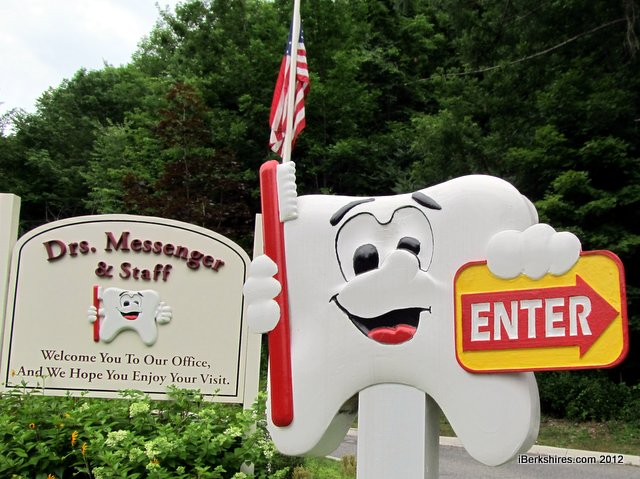 |
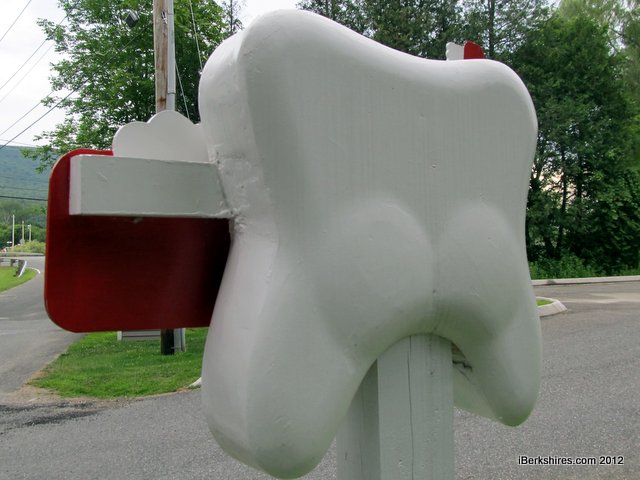 One of her first commercial projects was for Dr. Gene Messenger, for whom she created a fully animated tooth for enter and exit signs. One of her first commercial projects was for Dr. Gene Messenger, for whom she created a fully animated tooth for enter and exit signs. |
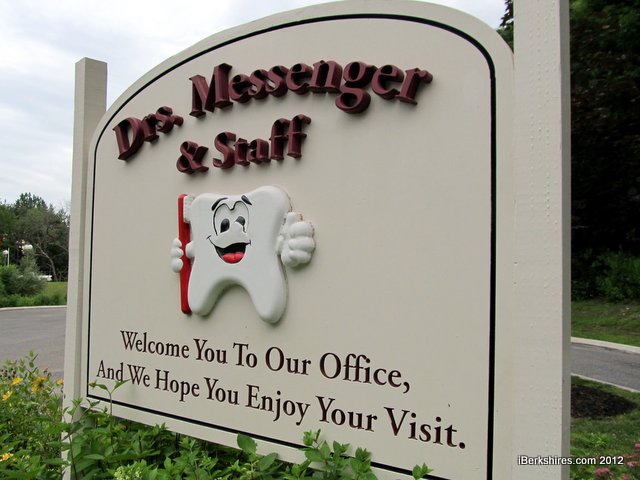 |
Last June, the Neathawks purchased the larger machine and went to special training to learn how to use it. For the next few months it was trial and error as she learned about the different bits, chatted with 3D designers in online forums and practiced and worked on more and more signs.
"I had to figure it out on my own," Neathawk said. "I had to find stuff more and I became friends with people throughout the country that do 3D signs."
Working with Messenger, the tooth design grew from a simple sign with teeth on it to a full animation.
From there with word of mouth and some Facebook marketing, the commercial contracts began trickling in, "slow and steady."
She designed and built a sign featuring trains for Dr. Martin Bush in Adams, one for the Williamstown Historical Museum and another for Sweet Brook Farm. She also continued building personal signs for homeowners.
"Their sign is like the book cover for their business and a lot of people judge a book by its cover," Neathawk said. "I like to work with the client and find out their interests. Anyone can have a simple sign."
Most of the work is in the design stage. She said she works with the customer and can use pictures to come up with the right design in various computer programs. From there, the images are turned into a 3D concept through software that she purchased with the machine. She carves a miniature model for the customer's final approval.
After that it is a matter programming the design into the machine and letting it cut the material — mostly wood, PVC or HDU — and then she paints it.
"I love both aspects of it. Painting brings me back to my fine art classes in college," Neathawk said.
But it is not just signs Neathawk builds. She is also making children's stools for day-care centers, wedding gifts and even a children's display tower for Shima in North Adams. Shima is also consigning some of her work.
While being a sign maker in the county she grew up in is a far cry from what she envisioned back in her college days at Bridgewater State University, or shortly after as a toy designer outside of Boston, Neathawk said she "wouldn't trade it for the world."
The business may just be starting up in her Bridges Street garage for now but Neathawk is already envisioning a future with a street storefront.
"We chose to keep it here because, one, it keeps my overhead down and I can pass the savings onto my customers and I can still be a mom," said Neathawk. "We want to someday move into a bigger location so we can get foot traffic."
.jpg) |
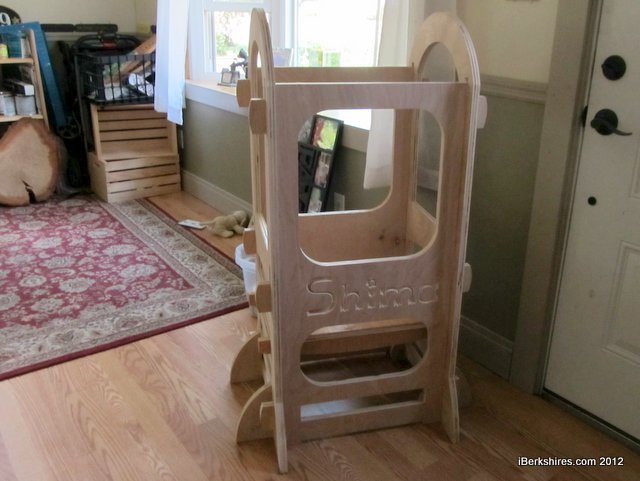 |
Tags: design, new business, signage,



